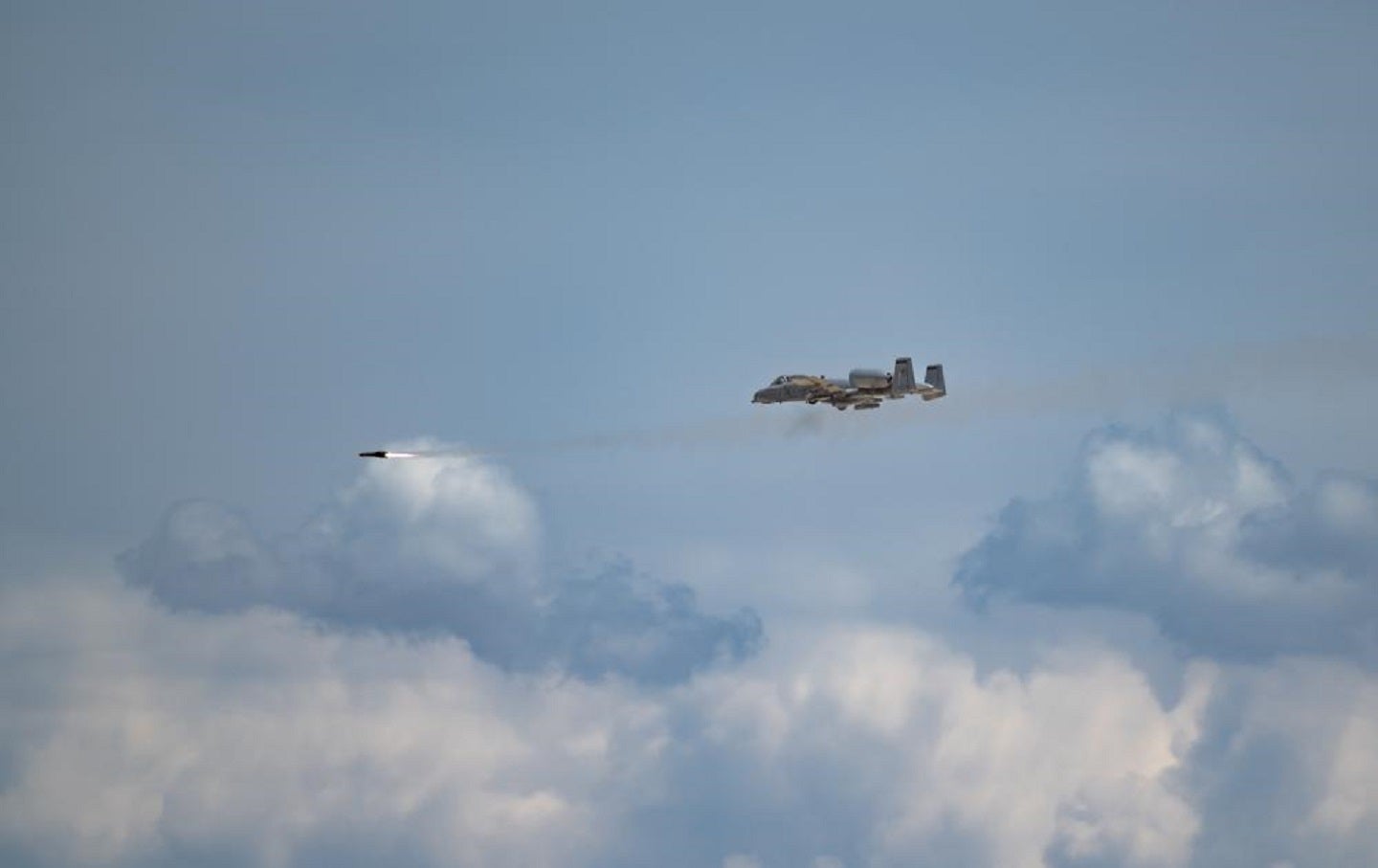
The US Department of Defense (DoD) is continuing to make headway with its ambition to diversify and develop its missile capabilities through Lockheed Martin. One pillar that the DoD has committed to support will be the US Navy’s (USN) weapon systems capability, which will receive a further $2bn investment according to the President’s FY 2024 Budget.
The DoD expressed a desire to pursue multi-year weapons procurement contracts “for the ERAM Standard Missile 6 and jointly with [US] Air Force for the JASSM and LRASM weapons systems”.
It is clear an integrated weapon systems approach will be developed by the DoD. This works well for the original equipment manufacturer (OEM) and top prime, Lockheed Martin, as the company wishes to establish worldwide commonality of its military resources and platforms.
The OEM will be awarded a $186m contract modification that adds scope to provide non-recurring engineering and test vehicle materials for the development of the Air-to-Ground Missile (AGM), Long-Range Anti-Ship Missile (LRASM), C-3 variant (AGM-158C-3) in support of providing a combined Anti-Surface Warfare, LRASM, and Joint Air-to-Surface Standoff Missile strike capability for the US Navy.
Work will be performed in Orlando, Florida (95%); Ocala, Florida (2.5%); and Troy, Alabama (2.5%), and is expected to be completed in March 2025.
LRASM development
The LRASM serves a unique purpose in the USN’s arsenal. The cruise missile is intelligent by design and can employ precision-routing in order to penetrate the sophisticated air defence systems used today.
LRASM technology will reduce dependence on ISR platforms, network links, and GPS navigation in aggressive electronic warfare environments.
Lockheed Martin say that this advanced guidance operation means the weapon can use gross target cueing data to find and destroy its pre-defined target in denied environments. Precision lethality against surface and land targets ensures the system will become an important addition to the US Navy arsenal. LRASM provides range, survivability, and lethality that no other current in-service system provides.
Lockheed Martin commonality
Lockheed Martin is heavily invested in the supply of military resources and platforms across the world. While this has been the case for a considerable time, the company’s ambitions still reach further as the OEM seek to narrow the market by standardising its own supply.
In doing so, Lockheed hope to establish commonality of its military resources and platforms across all domains and militaries worldwide. The OEM is already set to see at least 400 of its own fifth-generation F-35 stealth fighter jets in Nato member fleets by 2030.
Beyond this, it is also ramping up its fourth-generation F-16 production with fifth-generation capabilities to see militaries like Bahrain buy Lockheed. The OEM is positioning itself at both the vanguard of military innovation and at the rearguard of affordable capability.
The USN’s missile arsenal is not clear of Lockheed’s aim. The company states that it is currently executing the Accelerated Acquisition contract for the LRASM Deployment Office, further maturing technologies delivered as an early operational capability for the US Air Force B-1B and US Navy F/A-18E/F.
LRASM brings additional, advanced long-range sea and land strike capabilities to the fifth-generation F-35 fleet, with initial fit checks completed and ongoing integration efforts.
Greater integration like this will allow militaries to coordinate and share capability and parts to work together more smoothly on the world stage as the western coalition keeps meddlesome regimes in check.




